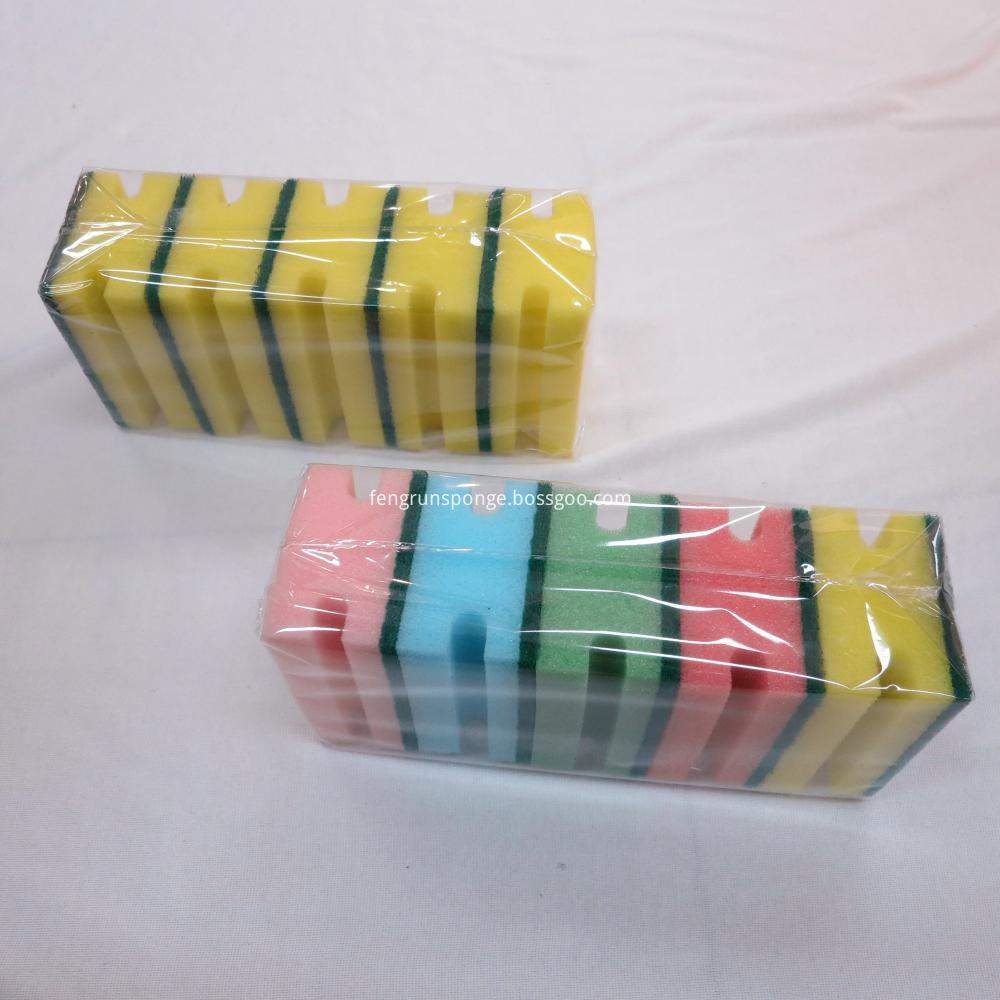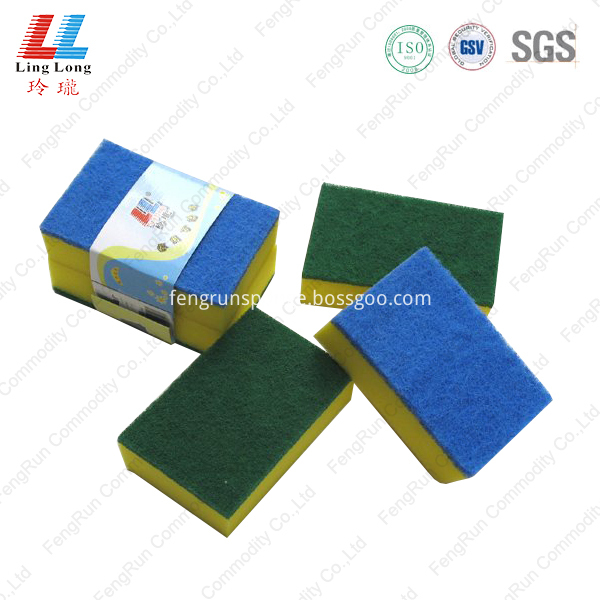Due to the rapid development of science and technology today, technological innovation has had a great impact on human society and economic development. The technological innovation of printing enterprises is mainly process innovation, that is, to continuously improve production efficiency with new processes, so that enterprises can complete the highest quality production at minimum cost. Therefore, the innovation process and production process in the printing enterprise are closely connected. Innovation comes from production needs, and personnel and equipment of the production department are needed during the innovation. The output of innovation results is mainly reflected in the improvement of the competitiveness and profitability of printing enterprises. In addition, basic research and technical reserve research need to be organized to build on the long-term development of printing companies. The technical innovation of printing is mainly to improve the efficiency of enterprise production. The advanced technology of printing enterprises directly affects the cost and quality of products, the sustainable development and competitiveness of enterprises. Therefore, technological innovation is the core driving force for the development of printing companies, and the organization and management of technological innovation is an important content that needs to be studied and practiced. There is less creation in printing companies than in other industries, because product innovation in printing companies is not very common. The creation of new resources and the recombination of factors of production will inevitably be accompanied by improved and enhanced creative activities, which are the most basic characteristics of printing technology innovation. The amount of incremental income that innovation can obtain in printing corresponds to the magnitude of the risks faced by innovation activities. Not all technological innovation activities will necessarily bring incremental benefits to printing companies. Technological innovation activity is also a creative technical economic activity with a high risk factor. To sum up, the risk of technological innovation in printing companies is mainly reflected in three aspects: first, technical risks, such as the maturity of technical development itself is insufficient; second, market risks, such as printing companies in the same industry take the lead in launching more creative With new products, the profitability of an enterprise is too low or not profitable at all; the third is social risks, such as natural risks and policy risks. The policies formulated by the state are contrary to printing companies, which is obviously a factor beyond the control of the company. Because of the existence of risks, printing companies must always have strict organization, control and decision-making in the process of technological innovation to minimize the risks. Printing companies belong to the service industry, which may lead to its lack of technological innovation, they generally do not have their own brand awareness. Therefore, in the printing industry, making every effort to shorten the production time and improve production efficiency has become the key to the success of enterprises. The advanced technology of printing enterprises directly affects the cost and quality of products, the sustainable development and competitiveness of enterprises. Technological innovation is an unquestionable strategy in printing enterprises. The best choice for an enterprise's technological innovation opportunity is in the early stages of new technology introduction and growth. For example, many printing companies in China have seized this good period and successfully introduced laser phototypesetting technology, which has completely changed the prepress technology and greatly improved production efficiency. The choice of innovative technology must be determined according to the company's own situation. To this end, the enterprise must understand its own technology type, technology development direction, competitors' technology innovation strategy, and its own technology development capabilities, so as to determine the strategic goal of technological innovation. At present, the problems facing the printing industry require continuous technical innovation. The following are the problems that domestic printing companies need to solve or optimize during the production process, and are also the basis for printing companies to carry out technological innovation: 1. Color reproduction control It is impossible to make the color and gradation of the printed matter completely consistent with the original. The reason is mainly due to the difference between the coloring medium and the coloring material. The highest density of manuscripts can reach more than 3.0, and the current density of printed matter is best to only reach 2.2, generally not more than 1.8. When printing and copying, it is necessary to maintain the density level of 2.2 or more on the original, and control the contrast at about 1.8. This has the problem of selecting a certain part of the original to reproduce. In addition, the paper used in the printing process and many inherent defects in the printing process also have a great influence on the color reproduction. 2. Accuracy control of overprint The accuracy of overprint directly reflects the accuracy of printed matter. Observe whether overprinting is accurate by overprinting crosshairs. All levels of standards stipulate the tolerance of overprinting, some are 0.1mm, some are 0.2mm. It can be called "registration" within the allowable error range. But in the case of registration, there is still a problem of clarity, that is, the accuracy of registration. We often see some very exquisite prints, they must first be built on a high accuracy of overprinting. There are thick and thin overprint crosshairs, the thinner the crosshairs, the more conducive to improving the accuracy of overprinting. If only registration is required, and there is no high register accuracy, it can only be a general product. To improve the accuracy of overprinting, we must first have excellent printed manuscripts and high-precision, high-stability printers, and secondly, the matching of process technology and printing materials. In the prepress processing, in order to avoid the bad effect when the overprint is not accurate, in the more demanding color printing, these problems must be considered and handled in the design and post-production. 3. Control of dot increase The dot gain is an inevitable phenomenon due to the influence of specific factors in the printing process and equipment. In order to be able to truly reproduce the color and gradation of the original, it is necessary to compensate for the influence of dot gain during the prepress processing. This compensation process can be directly controlled in the graphic processing software, or the compensation function can be added to the file first during the processing, and then compensated during the printing and phototypesetting process. 4. Uniformity control of ink distribution In the four-color printing process, the dark areas of the printed matter tend to accumulate a lot of ink. In addition, different substrates have different ink retention capabilities. For example, newsprint is far less capable of retaining ink than coated paper. Therefore, when printing with newsprint, if no measures are taken to control the amount of ink applied, the dark areas of the printed product will lose the dark tone level due to the paste. Therefore, in the pre-press processing, it is also necessary to set a reasonable amount of ink. 5. Gray balance control Various problems exist in the performance of inks and other printing materials. Therefore, in the printing process, whether the neutral gray balance is reached is controlled by controlling the CMY three-color overprint. This is a measure of color separation and color printing. Whether it is a correct scale. From the point of view of four-color plate-making, the main method is to adopt CMY three-color plate-making and K-plate as the skeleton. If the three primary colors lose their balance a little, there will be common deficiencies such as color casts and color jumps. Therefore, in order to make most of the layers and hues on the screen correctly represented by the three primary colors, it is necessary to control the gray balance at all times and throughout the pre-press platemaking and printing process. Enterprise technological innovation has made tremendous contributions to the development of China's printing industry. Since the reform and opening up, printing companies have made endless technological innovations, but compared with developed countries, they are at least 15-20 years behind. For many years, printing companies have played a limited role in technological innovation activities, and scientific research institutions and universities are the main forces of innovation activities. It not only accounts for the vast majority of national scientific research investment, but also has most scientific research talents. For a long time, the disconnection between scientific research and production has been quite serious, and companies that really need technology have not received research and development funding. The overall technological innovation awareness of printing companies is relatively poor, especially early printing companies have been slow to respond to market and technological changes, lacking innovation awareness and satisfying what they have now. Therefore, many printing companies have such a situation that the printing equipment is backward. For example, the equipment in the prepress workshop is basically a traditional plate-making equipment, which has low efficiency and poor quality. The printing equipment is low in automation and intelligence, and has poor stability and reliability; The post-press workshop has less efficient and automated binding equipment, and there are still a lot of manual operations in binding and post-printing; the printing process is relatively backward. At present, most printing companies still use traditional process methods, and only some large enterprises use advanced digital processes. ; The printed materials used are of poor adaptability, and some enterprises even use materials and technologies that have been eliminated in advanced countries. All these phenomena indicate that the overall technological innovation awareness of printing companies is relatively poor. We recognize that printing companies need to increase investment in technological innovation, improve the overall technical level, and strengthen ties with scientific research institutions. The economic strength of an enterprise directly determines the scale and intensity of technological innovation. On the one hand, increasing investment depends on its own strength, and on the other hand, it does well in financing activities. In developed countries, capital investment is relatively stable, with adequate capital guarantees, which promotes the production and dissemination of knowledge, thereby improving the competitiveness of printing companies. Therefore, domestic printing companies should change the status of scientific research institutions out of the market, form an innovative development model that combines production, learning and research, combine teaching with traditional industrial transformation, combine basic theoretical research and the development of advanced application technologies and new materials. Develop their respective advantages and promote the rapid transformation of technology into productivity. In short, printing companies without technological innovation and new economic growth points will face the danger of elimination. Only when we see the problems in the current technological innovation of printing enterprises, we can formulate the technological innovation strategies of printing enterprises, and adopt practical countermeasures and measures can we advance the technological innovation of enterprises, can we really start the engine of technological innovation enterprises to take off, and make China's printing industry develop and develop road.
Kitchen Cleaning Products are essential thing for every family. It can remove oil and stain. Absorb water and squeeze out gently. Gently rub scouring sponge on dirty surface to remove the dirts and smudges. Rinse the dirty sponge with water after use and dry it. Dispose of sponge properly after it is worn out. It can be customized with different sizes. Our multiple product series including scouring pads,sponge scrubbers,brush pad,and filter cotton have been released with our own brand "LingLong" and obtained certification of ISO9000 quality management system.In order to fulfill the growing commercial,retailing and OEM demand of customers,we are devoting ourselves to develop new products of high quality and deliver satisfactory customer services.
Kitchen Cleaning Products, Cleaning Smooth Brush, Scourer Cloth Scrubber FengRun Commodity Co.,Ltd. , https://www.sponges.nl

On the technical innovation of printing enterprises